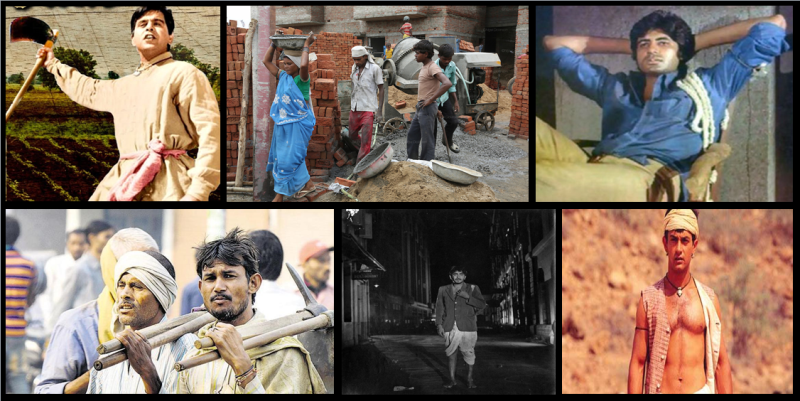In recent years increasing medical evidence has poured in regarding the serious adverse health impacts of prolonged standing. These adverse impacts have been noticed in many lines of work as a serious occupational risk. Women workers are even more vulnerable compared to male workers.
In this context the Tamil Nadu Government deserves praise for recently introducing an amendment in the Works and Establishment Act 1947 by adding section 22A which reads—“The premises of any establishment shall have suitable seating arrangements for all employees so that they may take advantage of any opportunity to sit which may occur in the course of their work and thereby avoid ‘on the toes’ situation throughout the working hours.”
Earlier the Kerala government in 2018 had also introduced provisions for right to sit following several struggles of women workers, textile workers and others.
In the course of these struggles some disturbing evidence of injustice was highlighted, such as when a sales person did not even sit, just leaned against a wall, yet some fine was imposed or salary was cut.
Now it is important that new initiatives on right to sit should be taken up further to other parts of the country. The National Human Rights Commission had played a helpful role in some of the struggles on this and related issues and it can now follow up this with a wider initiative by sending notices to all the other states and union territories so that the right to sit can start progressing all over the country and can become a reality soon for the entire country. The union labor ministry and other labor ministries at the state level should also give adequate attention to this matter of great importance which actually should have been attended to a long time earlier all over the country.
The urgency of this has increased as a lot of evidence relating to the serious adverse health impacts of standing for a prolonged period has been becoming available during the last two decades or so.
In a research paper titled ‘Evidence of Health Risks Associated With Prolonged Standing at Work and Intervention Effectiveness’Dr. Thomas R. Waters and Dr. Robert B. Dick (HSS Public Access) it has been stated that prolonged standing at work has been associated with a number of potentially serious health outcomes, such as lower back and leg pain, cardiovascular problems , fatigue, discomfort and pregnancy related health outcomes.
Further this paper states—based on a review of the literature there seems to be ample evidence showing that prolonged standing leads to adverse outcomes.
An earlier review by J. McCulloch mentions several adverse outcomes associated with prolonged standing including chronic venous insufficiency, musculoskeletal pain of the lower back and feet, preterm birth and spontaneous abortion.
In a study of manufacturing workers exposed to prolonged standing and working, Werner et al noted that 24 per cent of the workers met the case definition of foot-ankle disorder while 52% had symptoms, hence overall 76% being affected to some extent.
Canadian Centre for Occupational Health and Safety has mentioned sore feet, swelling of legs, varicose veins, general muscular fatigue , lower back pain, stiffness in neck and shoulders as the health outcomes of prolonged standing.
A Business Standard / Conversations report by Peter Smith recently stated on the basis of an Ontario study that cardiovascular risks increase significantly as a result of prolonged standing. This report was titled ‘ Standing Too Much Can Double the Risk of Heart Disease’.
The ILO while expressing concern at the risks of prolonged standing has recommended the use of chairs and stools, floor mats and appropriate footwear to provide relief.
The Association for Preoperative Nurses(AORNS) has asked for relief for all workers who have to stand for 2 hours or 30% of working time with fatigue reducing interventions in the form of anti-fatigue mats, specially designed footstools , stand- stools, chairs and comforting special footwear.
Clearly once there is adequate awareness of this problem then there are several ways in which relief can be provided to workers depending on type of work and gender of worker. An additional problem, which to some extent is related to these workers, is the denial of proper sanitation to several workers and this can increase the adverse health outcomes of prolonged standing, including adverse impact of kidneys.
Clearly there is an increasing need for intervention in favour of right to sit in most parts of the country where this important matter has not received proper attention so far. The National Human Rights Commission as well as the judiciary and the Union Labor Ministry can play an important role in taking this forward, thereby providing much needed relief to several hundred thousand workers all over the country.
The writer, a journalist and author, is known for his work on occupational health and problems of several categories of workers including construction workers, domestic workers and farm workers.














